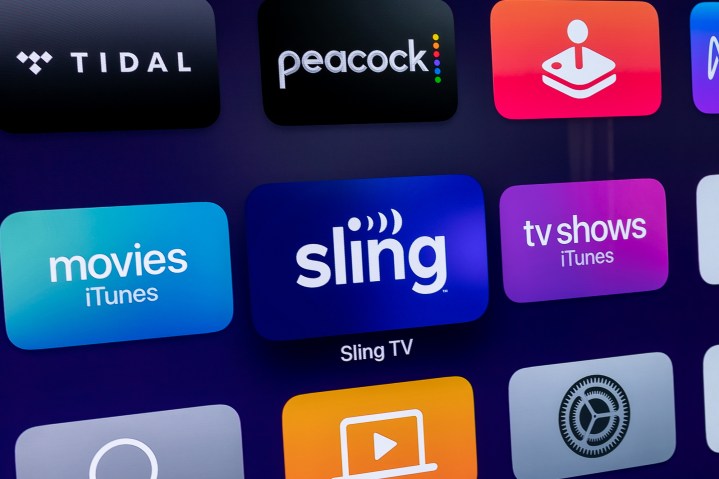
There’s a fallacy in the term “Streaming Wars” — a phrase I’ve never liked — in that it’s all about growth at all costs. That the only way to “win” said “war” is to be the biggest streaming service. That’s the game we’ve been taught by the likes of the Googles and Facebooks of the world, and it’s undoubtedly a big part of why Google’s YouTube TV sits atop the heap of live-streaming services with more than 8 million subscribers.
Then there’s Sling TV. The legacy service has been slowly, but consistently losing subscribers over the years, while always hovering at just above 2 million. That’s changed, though, according to its first-quarter 2024 earnings, which were announced by new parent company EchoStar. Sling TV finished with 1.92 million subs, down from 2.06 million at the end of 2023, and down about 8.5% from the first quarter of 2023. It hasn’t been below 2 million since I started tracking it in 2018.
And EchoStar seems to be OK with that.
That’s evident by a few things. First is that Sling TV still exists in the highly competitive space of streaming television. Second is that it’s seemed to be content with negative growth for years. And third is that it flat-out said so in its earning statement, attributing the continued losses to “our emphasis on acquiring higher-quality subscribers.”
That’s hardly a controversial statement. There’s a business term called average revenue per user (ARPU), and that’s exactly what it’s talking about. Not all customers bring in the same amount of revenue — hardly a new concept. EchoStar doesn’t break out ARPU for Sling TV customers. But Netflix does — or, rather, it did — and that gives you some very simple math. You can get away with having fewer subscribers, if those subscribers are bringing in more money. (Netflix is going to change the way it reports its numbers starting in 2025 because of the difference in ARPU between its various subscription tiers.)
But at some point, there’s a floor. At some point, there must be some minimum number of subscribers Sling TV and EchoStar need to stay solvent. And not that there’s some better prize for third place, but Fubo could well overtake Sling TV and put the oldest live service at the bottom of the Big Four sometime later this year, or in 2025. Or maybe never. It currently stands at 1.5 million subscribers, but also fluctuates quarter by quarter and doesn’t expect to have more than 1.695 million subscribers at the end 0f 2024.
(Hulu With Live TV makes up the lone missing member from this discussion; it has a little more than 4 million subs.)
Or maybe those two will just continue to circle the bottom of the barrel. Fubo has its hands full with an existential lawsuit. Sling TV doesn’t have local channels like the other options.
And meanwhile, YouTube TV keeps increasing its already vast lead.



